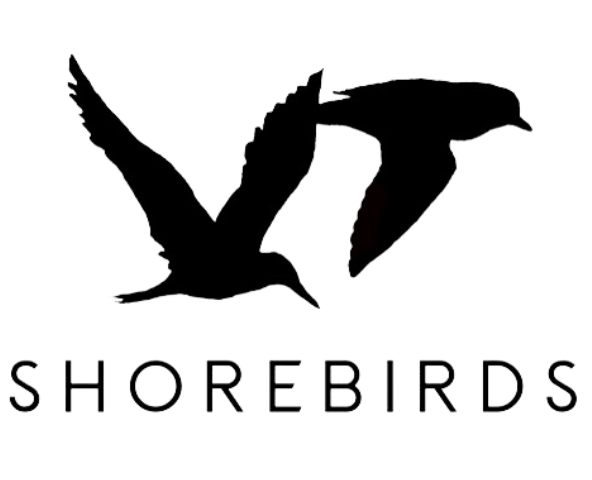Reproductive Ecology of Shorebirds at Utqiagvik, Alaska
VTSHorebirds is teaming up with richard lanctot and Sarah saalfeld of the us fish and wildlife service and a host of universities across the world to study the ecology of artcic shorebirds.
In May 2019, the USFWS began the 17th year of a long-term shorebird study at Utqiaġvik (formerly Barrow), Alaska. The objectives of this study are to (1) collect baseline data on temporal and spatial variability of shorebird diversity and abundance, (2) collect information on nest initiation and effort, replacement clutch laying, clutch and egg size, nest and chick survival, and other demographic traits of Arctic-breeding shorebirds, (3) establish a marked population of as many shorebird species as possible that will allow us to estimate adult survival, mate and site fidelity, and natal philopatry, and (4) relate weather, food availability, and predator and prey abundances to shorebird productivity and adult survival.
A view of the tundra from above.
Nestled in this larger project are smaller research studies conducted by MSc. and PhD students working with academic advisors at numerous universities across the country. Past students have investigated the post-breeding ecology of shorebirds using the coastal lagoons and estuaries of the Arctic Coast (Audrey Taylor, PhD, University of Alaska Fairbanks), replacement nesting and morphological differences in Dunlin (River Gates, MSc., University of Alaska Fairbanks), adult and brood survival of Dunlin (Brooke Hill, MSc., University of Alaska Fairbanks), estimation of adult arrival in Dunlin using stable isotopes (Andy Doll, MSc., University of Colorado Denver), nest site selection based on habitat and social cues by shorebirds (Jenny Cunningham, MSc. University of Missouri Columbia), nest reuse by shorebirds (Patrick Herzog, MSc., Universität Halle-Wittenberg, Germany), avian malaria in shorebirds (Claudia Ganzer, PhD, University of Florida Gainesville), avian microbiota in shorebirds (Kirsten Grond, PhD, Kansas State University), cross-seasonal effects on population trends of Semipalmated Sandpipers (Megan Boldenow, MSc., University of Alaska Fairbanks), and assessment of shorebird chick diets using DNA metabarcoding (Danielle Gerik, MSc., University of Alaska Fairbanks). Current students are investigating the behavioral ecology of Red Phalarope (Johannes Krietsch, PhD, Max Planck Institute for Ornithology), replacement nesting and enumeration of Red Phalaropes (Jillian Cosgrove, MSc., Oregon State University), and migration ecology of Dunlin (Ben Lagassé, MSc, University of Colorado Denver).
Starting in the fall 2019, VTShorebirds biologist, Lindsay Hermanns will begin her MSc. degree at Virginia Polytechnic Institute and State University, investigating the effects of mate and site fidelity of Dunlin on their reproduction and adult survival. Follow along as we update this page with the developments of our contributions to this long-standing study.
Lindsay Hermanns (VTSP) and Rick Lanctot (USFWS) attaching a gps transmitter an American Golden Plover as part of a collaborative project, studying the movement of Arctic shorebirds throughout the annual cycle.
Descriptions of yearly field activities are at “Shorebird Projects in Alaska” summaries at https://www.fws.gov/alaska/pages/migratory-birds/shorebirds (under “Alaska Shorebird Group” tab).Publications can be found under the “Reports” tab at the same location.



